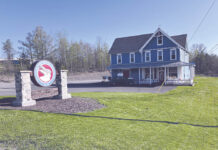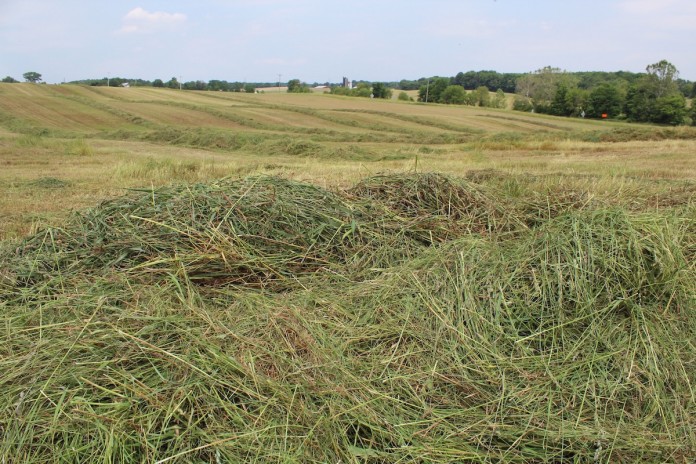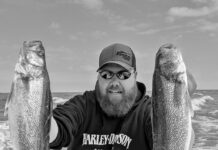What is a drought? A drought is a period when an area experiences below-normal precipitation. It is characterized by reduced soil moisture, diminished stream flow, crop damage, and water shortage. It is caused by low precipitation over an extended time.
While it is rare for us to experience a severe drought here in Ohio, the summer of 2024 has been exactly that. It has certainly taken its toll on most of southeastern Ohio and even West Virginia farmers. Many crops have matured and dried earlier than normal. Some soybean fields were being harvested earlier than I have ever seen before. Many livestock grazers only made first cutting hay and others have been feeding hay since July to supplement for the lack of pasture grass growth.
Some hay producers made second cutting but with a drastic drop in production, it won’t even turn a profit for those that sell it. 2018 and 2012 were pretty dry years but nothing compared to this year.
It was 36 years ago, in 1988, that we had the last major drought. There are several levels to a drought: Abnormally Dry, Moderate, Severe, Extreme and Exceptional Drought. Parts of Ohio and West Virginia were in the worst category and still are even though we have finally received a little bit of rain. The soils soaked all that moisture right up and hopefully, it’s enough to finish crops and give grazers a fall flush before winter.
Fortunately, there are programs available to help offset some of the costs and losses associated with a drought. The USDA- Farm Service Agency (FSA) has a few programs to help out no matter what you produce.
The Livestock Forage Disaster Program (LFP) provides compensation to eligible livestock producers who have suffered grazing losses due to drought or fire on land that is native or improved pastureland with a permanent vegetative cover or that is planted specifically for grazing.
The Livestock Indemnity Program (LIP) provides benefits to livestock owners and some contract growers for livestock deaths over normal mortality that are the direct result of an eligible adverse weather event. In addition, LIP covers attacks by animals reintroduced into the wild by the Federal Government or protected by Federal Law. Also, LIP assists livestock owners who must sell livestock at a reduced price because of an injury from an eligible loss condition.
The Emergency Assistance for Livestock, Honeybees and Farm-Raised Fish Program provides assistance to eligible owners of livestock, and producers of honeybees and farm-raised fish for losses due to disease (including cattle tick fever), adverse weather or other conditions not covered by LFP and LIP.
The Muskingum Watershed Conservancy District has opened up some of its lakes for producers to pump and haul water. There are designated pumping areas around the lakes for this to be done and producers must bring their own equipment. Check with your local Soil & Water Conservation District to find out more about these sites.
Whether you need hay or have an abundance of hay to sell from the first cutting, you can find buyers and sellers on the Ohio Hay Directory, a list compiled by the Ohio Department of Agriculture. You can find this list on their website at agri.ohio.gov under the 2024 Ohio Drought Resources tab.
You can see the drought level your county is in by viewing the drought map on the US Drought Monitor website. It is updated every Thursday. We also have a drought resources tab on our website at tuscsoil.com. Stay up to date by following our Facebook page as well at Tuscarawas Soil & Water Conservation District.












